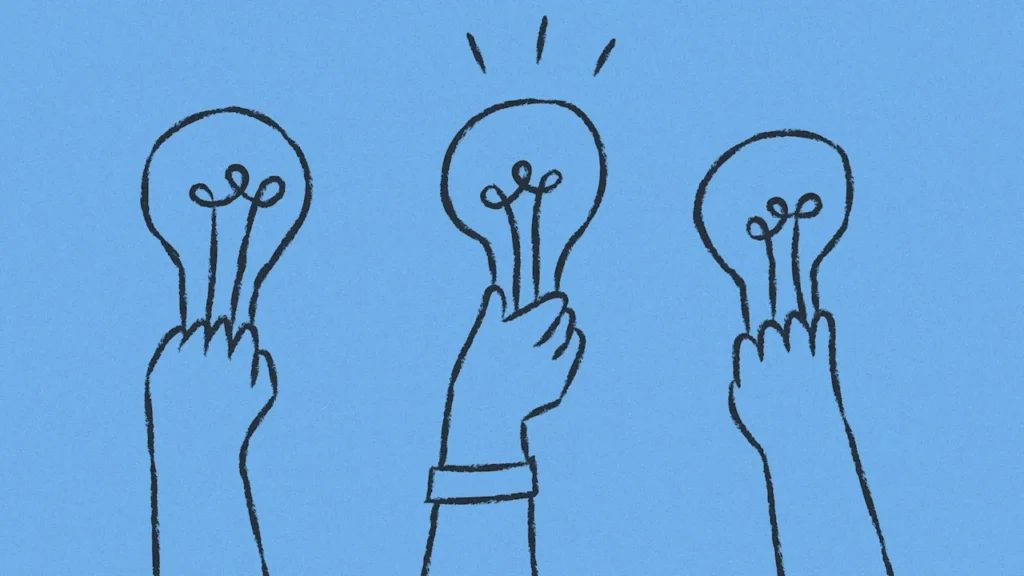
Lots of work situations require some creativity. A client needs a nonstandard solution to a problem. A colleague is stuck in a dispute with their supervisor. You’re writing an article and you need to find a third good example of the concept you’re describing (see what I did there?).
You may have the occasional brilliant insight, but then look on in dismay at all of the mediocre ideas you come up with in times of need. Is there something you can do to come up with better ideas?
The answer is, “sort of.”
Quantity over quality
First off, don’t fret if you feel like most of the ideas you generate when trying to solve a new problem are bad. Research on creativity consistently demonstrates that the people who come up with the best ideas are the ones who come up with the most ideas. That is, you can’t really know as you’re thinking of a new idea whether it will be a brilliant stroke or another dud. But, if you keep generating ideas, you’ll eventually land on a gem.
That means your focus should be on finding ways to keep generating ideas. Don’t get discouraged and give up when your first few thoughts aren’t amazing. Stick with it for longer than you think you need to.
When the well seems to have run dry, don’t give up right away. Refocus yourself on the problem statement and think about whether there is another way to characterize the central problem. Consider giving the problem a title that encapsulates the central dilemma or try describing the problem to a colleague who knows nothing about it. (Computer programmers often keep a rubber duck on their desk to describe coding problems to, because they find it helps them find solutions to tough problems.)
Don’t be afraid to incubate
A creative flash may strike you when you set about trying to generate an idea, but sometimes you generate many thoughts and no gems. No matter how much pressure you may be feeling to come up with a great concept, try giving it a rest.
There are several benefits to letting the problem sit for a while (a process called incubation). First, your initial thoughts about the problem may stick in your mind crowding out other potential solutions. Putting the problem aside may allow those persistent thoughts to fade into the background, allowing other ideas to emerge.
Second, you may actually continue noodling on the problem in the background even when you’re not focusing on the problem explicitly. As a result, you may find yourself suddenly hit with an insight.
Third, your memory for the problem description will change in subtle ways over time. You are likely to focus less on the details and more on the gist of the problem. This natural change over time (particularly if you sleep on the problem for a day or two) may provide an alternative method for redescribing the problem that has the benefits I discussed in the previous section.
Learn to turn a B- into an A
Another thing to know about great creative problem solvers is that they are often masterful editors. That is, they don’t just spin out golden thoughts at the drop of a hat. As I mentioned, most of the things they think of at first are more likely to be straw.
But, they are good at spinning straw into gold. By continuing to think through the ideas they generate, they may find that a flimsy initial concept becomes stronger by addressing its weaknesses. So, rather than kicking every mediocre concept to the curb, hold onto the list of ideas you generate. Then, explore those ideas in more detail. Ask yourself why they won’t work. When you state the objection to the idea, you may find yourself thinking of elegant ways to adapt the initially bland concept into something that shines. That is, lurking within a B- idea that you have generated may be the roots of the A+ you really desire.